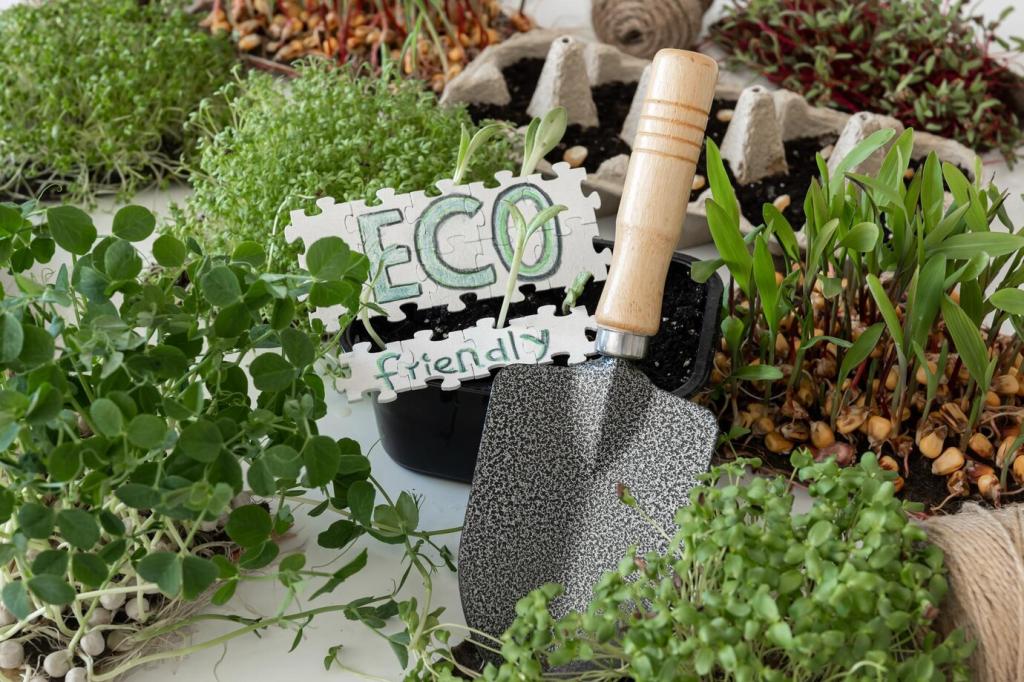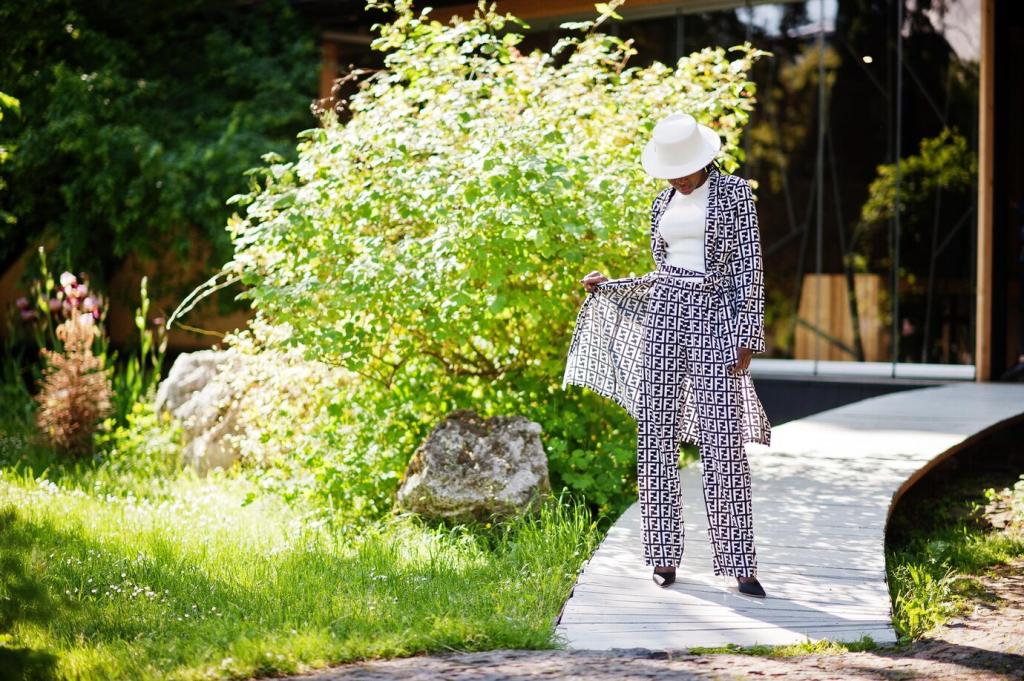Chosen theme: Composting for Landscapers. Turn piles of clippings and leaves into a signature soil amendment your crews trust and your clients can feel underfoot. Explore practical science, field-tested workflows, and stories that turn waste into value. Subscribe for seasonal tips and share your biggest compost victories.
Soil Science Basics for Landscape Composting
Great compost starts with balance: aim for a carbon-to-nitrogen ratio near 25–35:1. Browns like dry leaves and wood chips bring carbon; greens like grass clippings and prunings add nitrogen. Mix layers intentionally, then monitor heat and odor to fine-tune the recipe in real time.


Sourcing and Sorting Green Waste on Job Sites
Grass clippings bring fast nitrogen but can mat; leaves offer balanced carbon and shred well; branches need chipping to open surfaces for microbes. Blend textures so air can move. Rotating materials from multiple properties evens out seasonal swings and creates reliably uniform compost batches.
Sourcing and Sorting Green Waste on Job Sites
Small plastics, irrigation wire, stones, and dog waste can derail a beautiful pile. Even herbicide carryover, especially persistent products like clopyralid, can damage sensitive ornamentals. Train crews to spot issues during collection, dedicate labeled bins, and log questionable loads before they reach your compost system.
Static Piles, Windrows, and Bins
Static piles are simple and low-cost but need careful layering. Windrows scale well for crews and can be turned with a loader. Contained bins control edges on tight sites and keep neighbors happy. Pick for footprint, volume, and how frequently you can turn materials.
Scaling Up with Equipment
A skid-steer or compact loader speeds turning, blending, and loading. Add a thermometer, moisture meter, and a sturdy tarp system for weather control. When volume grows, consider a PTO compost turner or screener to boost consistency. Start lean, then invest as your program proves value.
Site Layout and Runoff Control
Set piles on a stable pad with gentle slope and a vegetated buffer to capture runoff. Keep clear access lanes for trucks, and respect setbacks from wells and waterways. Tarps, berms, and sumps prevent nutrient loss, control odors, and demonstrate responsible stewardship to clients and regulators.
Compost Maturity and Quality Control
Temperature Phases and Timelines
Expect a hot thermophilic phase at 131–170°F that sanitizes weeds and pathogens, followed by a curing period where biology stabilizes. Time varies by size, inputs, and weather. Aim for consistent warmth after turns, then steady cooling. Patience here creates compost that feeds soil without burning roots.
Simple On-Site Tests
Use your senses: mature compost smells like forest soil, not ammonia. Bag a sample overnight—no reheat means stability. Try a quick seed germination test with cress or radish. If seedlings thrive, you’re ready. Track results in a logbook and share metrics in client meetings.
Safety, Pathogens, and Weeds
Hit target temperatures for required durations, mix thoroughly, and monitor regularly. Keep invasive weeds out from the start, and manage piles to prevent recontamination. Provide gloves and dust masks for turning and screening. A clean, safe process builds crew confidence and client trust simultaneously.
Applying Compost in Landscape Design
Topdressing Turf and Sports Fields
After core aeration, spread a quarter to half inch of screened compost, brushing into holes for deeper rooting and better water infiltration. Expect denser turf and fewer bare spots. Share before-and-after photos with property managers, and invite them to walk the field within two weeks.
Mulching Beds and Trees
Blend compost with woody mulch or apply as a two-inch layer beneath a clean mulch cap. Keep a trunk donut to protect bark, and water lightly after application. The result is darker soils, reduced irrigation needs, and beds that bounce back faster after summer heatwaves.
Compost Teas and Extracts
Brewing can extend benefits to foliage and root zones, but treat it as a complement, not a cure-all. Use clean equipment, fresh inputs, and sensible application windows. Share your best brew ratios with us, and subscribe for our field trials comparing teas to standard soil applications.
Business and Client Communication
Lead with outcomes: richer soil structure, thirty percent better water retention, fewer fertilizer passes, and resilient landscapes during drought. Show clients a handful of your compost, then a simple plan for integrating it across properties. Invite questions and propose a pilot area they can monitor weekly.
Business and Client Communication
Log hauling reductions, input costs, labor hours, and plant health metrics. Pair photos with infiltration tests and turf density counts. One HOA saved two irrigation cycles weekly after topdressing. Share a one-page summary each quarter, and ask clients which areas they want to prioritize next season.
Business and Client Communication
Tell us about your toughest pile, best turnaround, or favorite application technique. Comment with questions, vote on upcoming trials, and subscribe for monthly playbooks. We feature reader case studies, so your crew’s ingenuity can inspire other landscapers building soil—and reputations—one property at a time.
